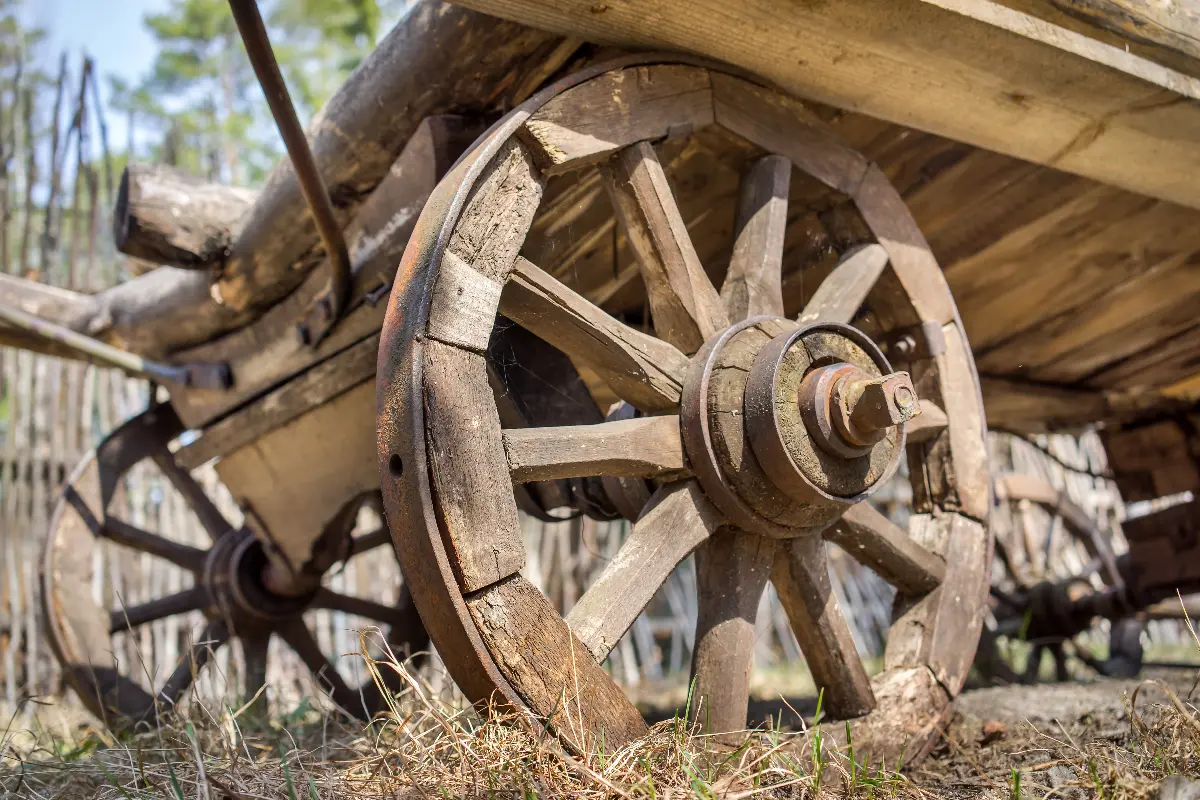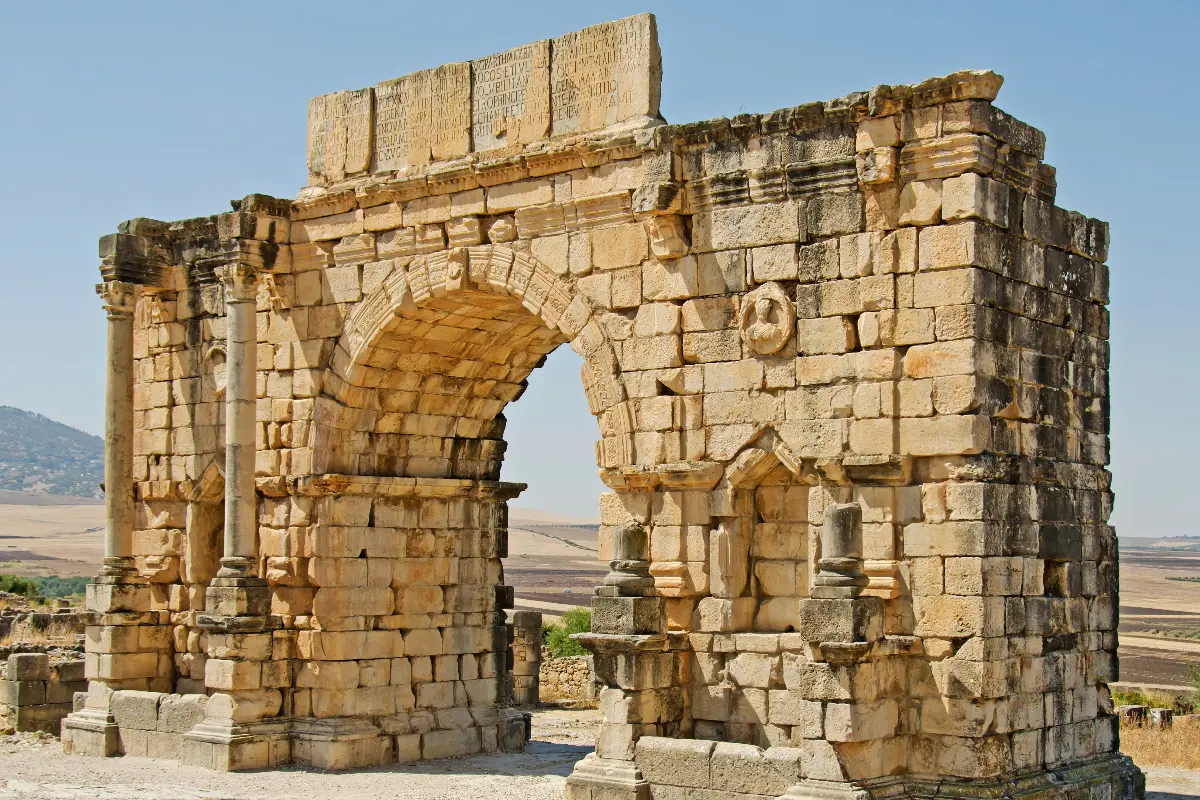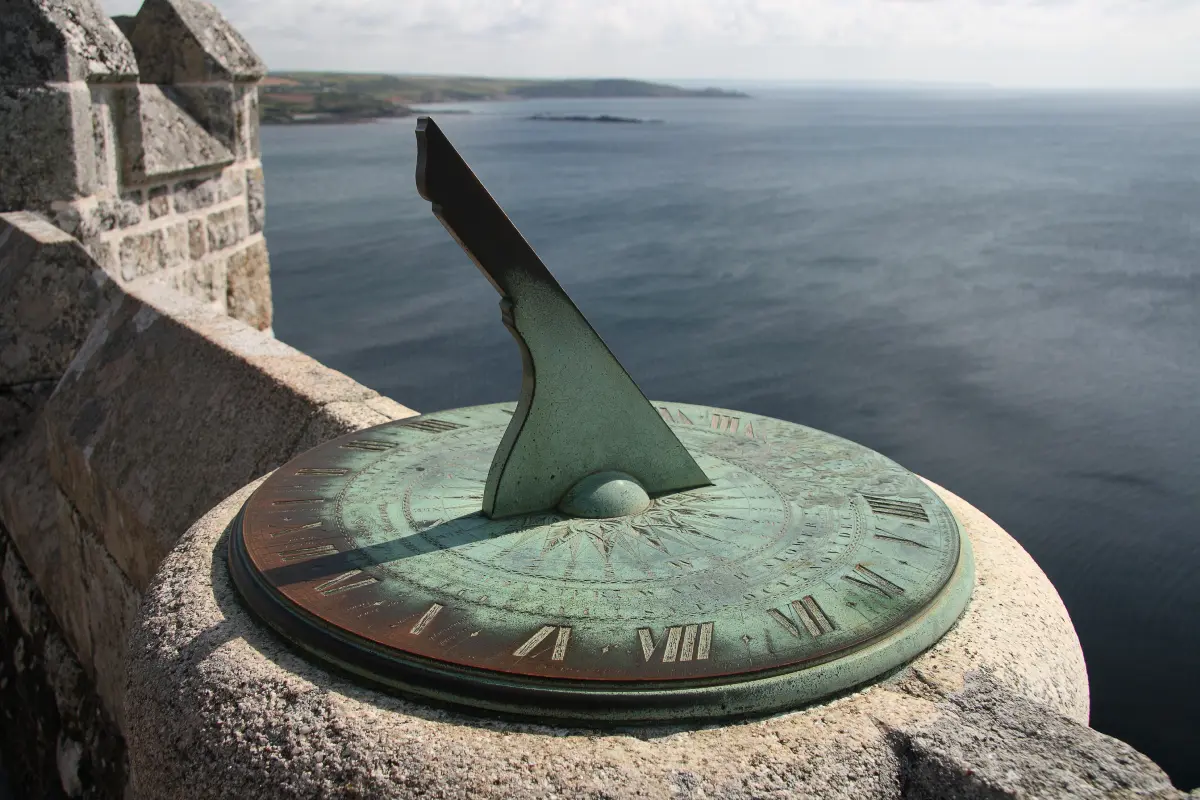The tapestry of history is strewn with the pioneering innovations of ancient civilisations, many of which have endured the test of time and remain cornerstones of modern existence. Some inventions from millennia past are so seamlessly woven into the fabric of our daily lives that their ancient origins might astonish us. Let's uncover six timeless inventions from antiquity that continue to influence our world today.
The Wheel is perhaps the most quintessential of ancient innovations. Predating written history, the wheel was invented in Mesopotamia around 3500 BCE, originally serving as a potter’s wheel. It revolutionised transport and machinery, and its basic concept is at the heart of every vehicle that moves us from place to place, from bicycles to aircraft.

Another remarkable invention is Concrete, which binds our cities in the enduring embrace of its strength. While the Romans were not the first to use a rudimentary form of concrete, they perfected it around 300 BCE. The Pantheon, with its magnificent dome, stands as a testament to the durability of Roman concrete. Today, modern concrete owes its resilience to the ancient secrets rediscovered from Roman architectural marvels.
When we consider the structural triumphs of the ancients, we must acknowledge the Arch. Famed for its presence in Roman architecture, the arch was actually first used by the Mesopotamians and later the Etruscans. Its strength and efficiency in supporting weight enabled the construction of aqueducts, bridges, and grand edifices, many of which still stand. The legacy of this simple yet ingenious design can be seen in the arched bridges and doorways that grace our landscapes.

The Mastery of Water has always been a cornerstone of civilisation, and the ancients were no strangers to this pursuit. The aqueducts, particularly those engineered by the Romans, harnessed gravity to transport water over great distances. Modern waterworks and irrigation systems owe much to the principles laid down by these early feats of engineering, ensuring that water—our most precious resource—reaches our homes and fields with remarkable efficiency.
Our ancestors were also deeply concerned with time, leading to the creation of the Sundial. Known to have been used by the Egyptians and Babylonians, the sundial allowed societies to schedule their days, notably for agricultural and religious practices. Although we now rely on atomic clocks for precision, the basic concept of using a shadow to tell time underpins even the most sophisticated timekeeping devices.

Lastly, the ancients shed Light upon the world literally! The concept of the candle, with evidence of its use dating back to Han Dynasty China (206 BCE–220 CE), has endured throughout the ages. Even with the advent of electricity, the candle remains a symbol of ambiance, revered for its warm glow, and often used in religious and meditative practices. While LED and energy-saving bulbs illuminate modern life, the simple candle still has the power to transform the atmosphere and represents humanity's enduring conquest of the dark.
These six ancient inventions—the wheel, concrete, the arch, aqueducts, the sundial, and the candle—are more than mere historical artefacts. They are vibrant legacies that demonstrate the indelible human spirit of creativity and adaptability. Each stands as a bridge between the past and present, telling a story of how our ancestors shaped the world and how their legacies continue to propel us forward. As we interact with these inventions in our daily routines, perhaps we should take a moment to appreciate the brilliance of ancient minds whose thoughts and actions still echo throughout our modern lives.
